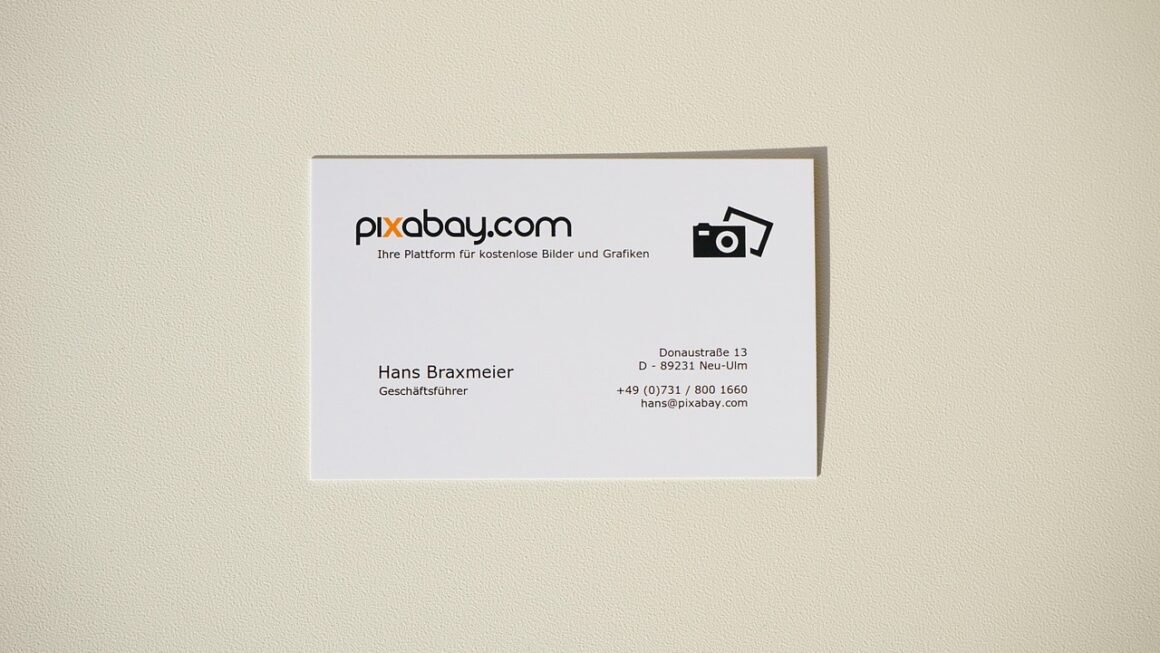In today’s interconnected business landscape, the success of any project hinges not just on the quality of the product or service offered, but also on the relationships built with stakeholders. Stakeholder engagement is the process of interacting with individuals or organizations that are affected by or can affect your projects. An effective stakeholder engagement strategy is not merely a box-ticking exercise; it is an essential framework for fostering collaboration, understanding concerns, and achieving project success. This blog post delves into the nuances of stakeholder engagement, its importance, methods, challenges, and real-world examples that illustrate best practices.
Understanding Stakeholder Engagement
Before delving deeper into the techniques and benefits of stakeholder engagement, it is crucial to define who stakeholders are. Stakeholders can be:
- Internal: Employees, management, and shareholders
- External: Customers, suppliers, community members, regulatory bodies, and media
Effective stakeholder engagement involves recognizing the interests and expectations of these individuals or groups and systematically addressing them.
Importance of Stakeholder Engagement
Engaging stakeholders brings manifold benefits, including:
- Improved Communication: Enhances understanding and mitigates misunderstandings.
- Increased Support: Engaged stakeholders are more likely to support and advocate for the project.
- Better Decision Making: Diverse perspectives lead to informed and well-rounded decisions.
- Risk Mitigation: Early identification of potential issues reduces project risks.
Strategies for Effective Stakeholder Engagement
Creating a stakeholder engagement strategy involves several crucial steps:
1. Identify Stakeholders
Understanding who your stakeholders are is the first step:
- Compile a comprehensive list of all potential stakeholders.
- Classify them by their influence, interest, and impact on your project.
- Prioritize stakeholders based on their importance to the project outcomes.
2. Develop Communication Plans
Tailor your communication strategy to the needs and preferences of different stakeholders:
- Frequency: Determine how often you will communicate with each group.
- Medium: Choose appropriate channels (emails, meetings, newsletters).
- Content: Customize the content based on stakeholder interests and knowledge levels.
3. Foster Open Dialogue
Encouraging an environment of open communication fosters trust:
- Schedule regular feedback sessions.
- Utilize surveys or polls to gauge stakeholder opinions.
- Encourage questions and discussions.
Tools and Techniques for Engagement
Implementing the right tools can help streamline stakeholder engagement:
1. Stakeholder Mapping
Create a visual representation of your stakeholders:
- Use matrices to plot stakeholders based on influence and interest.
- Update the map as project dynamics evolve.
2. Collaboration Platforms
Leverage technology to enhance engagement:
- Use project management tools like Asana or Trello to provide updates.
- Employ collaboration tools like Slack or Microsoft Teams for real-time communication.
3. Workshops and Focus Groups
Interactive sessions can yield valuable insights:
- Conduct workshops to brainstorm solutions.
- Use focus groups to discuss specific concerns.
Challenges in Stakeholder Engagement
Despite its importance, engaging stakeholders can be challenging:
1. Diverse Interests
Balancing different stakeholder interests can be complex:
- Strategies should be flexible to accommodate varying needs.
- Regularly review stakeholder priorities to adjust plans accordingly.
2. Time Constraints
Engagement efforts may be time-consuming:
- Integrate engagement activities into project timelines.
- Utilize digital tools to save time.
3. Resistance to Change
Not all stakeholders may embrace new ideas or projects:
- Address concerns openly.
- Showcase potential benefits and successes to win over skeptics.
Conclusion
Stakeholder engagement is not simply a task to be completed but a vital process that can dictate the trajectory of a project’s success. By fostering effective communication, adapting engagement strategies, and employing the right tools, organizations can not only meet stakeholder expectations but also harness their input to improve outcomes. Remember, the key is to view stakeholders as partners in the journey, ensuring their interests are acknowledged and integrated into the decision-making process. Start implementing these strategies today, and watch your projects achieve sustainable success through robust stakeholder relationships.




